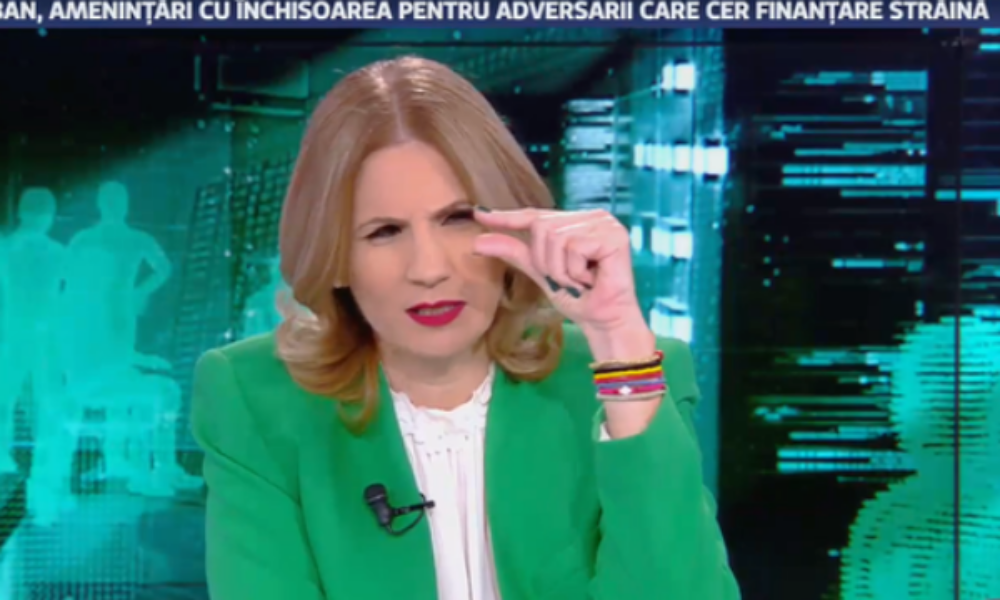Go around the world in the pantheon

Free spirit, suspicious of authority and power, Lawrence Weiner (1942-2021) was seen to himself as a sculptor, although his works were eminently composed of words. Words that trigger different associations, and which can be presented in different ways and in different places, but always in a lettering Immediately recognizable that it became a kind of watermark of the artist.
The relationship between language and place was precisely one of the touch stones of his work-and is one of the key points of the exhibition AROUND THE WORLD – BACK TO THE WORLDpatent at the National Pantheon of Santa Engrácia, in Lisbon, until 31 August.
It is an installation that plays with the idea of Ecuador, this imaginary line that still conditions all our notions of space and governs the relationships between the different regions of the globe.
« The works speak of movement, navigation, the idea of an invisible line, yet existing and functional, that divides the globe into two halves»writes curator Bartomeo Marí. «Around the world is intertwined with the central circle on the pavement of the national pantheon, projected by architect João Antunes to be the central rudder of the building (…). The circularity of this work replicates the image commonly used by cartographers to represent the equator ».
The idea of navigation here is more than a metaphor or a blink eye to the history of Portugal. Born in the Bronx neighborhood, before becoming a full -time artist Weiner had several occupations, including seasons as a tending and aboard a tanker. Later, he shared his time between New York Studio and a Casa boat attached to Amsterdam.
« Forces and invisible aspects of navigation often appear in the artist’s works – the polar star, the wind, the ocean, the fluctuation, the waves, the horizon. »continues Marí. «Being a cultural navigator was for him a natural condition».
Galician Cristina Guerra, who worked with Weiner for two decades, recalling Sunrisein 2017, that the work of the American artist was more easily understood by younger generations than by «A person of 50 and such years, used to an object». In purely material terms, a work of yours, before being installed, consists only on a sheet with instructions and a CD with the vector, the file that serves as a matrix, from which then the letters you want and the material you want (can be printed in vinyl and glued to the facade of a building, made of steel or even tattooed on the skin).
In the case of installation in the pantheon, the «Solidity and timelessness» From the stone contrasts with «The perishable nature of Weiner’s typographic sculptures»writes André de Quiroga, another of those involved in the exhibition. Then there is the whole idea of circularity and space coordinates – ‘to the left of the equator’, ‘to the right of the equator’, etc.) – and perhaps also mental.
«A good artist does not use the usual solutions»Weiner said in an interview. «Being an artist is the most free things in the world. We are not flying a plane; We are not prescribing a prescription. It doesn’t matter if we make mistakes ». This notion of freedom was very expensive and intrinsic to his artistic practice, which on the one hand resorted to the inexhaustible possibilities of language and, on the other hand, often extravated the boundaries of the gallery or museum towards the outside world.




:format(webp)/s3/static.nrc.nl/wp-content/uploads/2024/06/web-1206bingelijkheid.jpg)

